From coffee to tea to soda, here are the best sources of caffeine
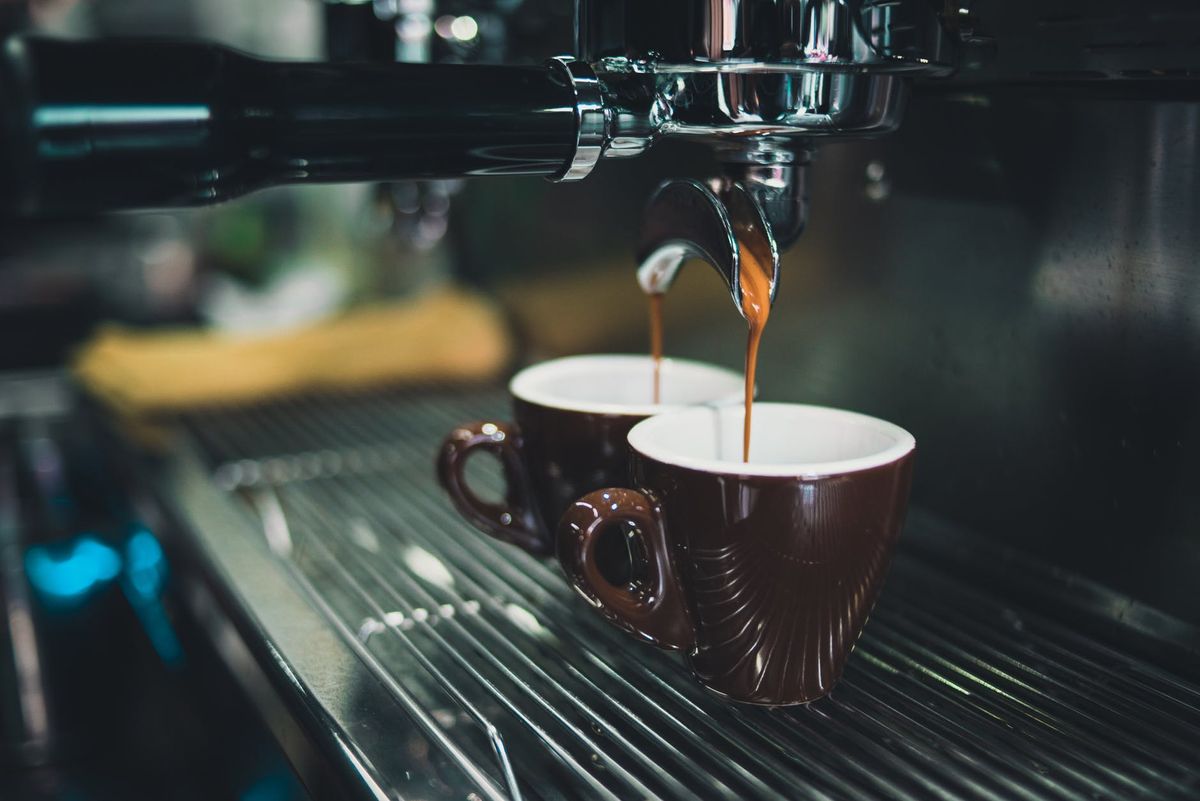
A few minutes every morning is all you need.
Stay up to date on the world's Headlines and Human Stories. It's fun, it's factual, it's fluff-free.
As the winter days grow shorter, waking at 6 a.m. feels a whole lot like waking up at 2 a.m. with the sun still hours from rising. That being said, a cup of something warm and caffeinated is enough to motivate most of us to get out and about.
Currently, there are so many ways to get your caffeine fix. A good old cup of joe, a mug of tea, a can of your favorite energy drink or even a Coca-Cola can get you feeling a bit perkier throughout the day. Though most people choose to brew up some coffee in the morning or stop by a coffee shop on the way to work or school, examining how we consume caffeine is valuable for establishing a routine that works better for each of our unique bodies and lifestyles
Speaking with Heather Hanks, a nutritionist with USA Rx, we were able to break down the most popular forms of caffeine consumption to give you a better idea of how they work in comparison to one another. Our bodies and lifestyles are all different, so read on to learn about the best source of caffeine for you.
Tea
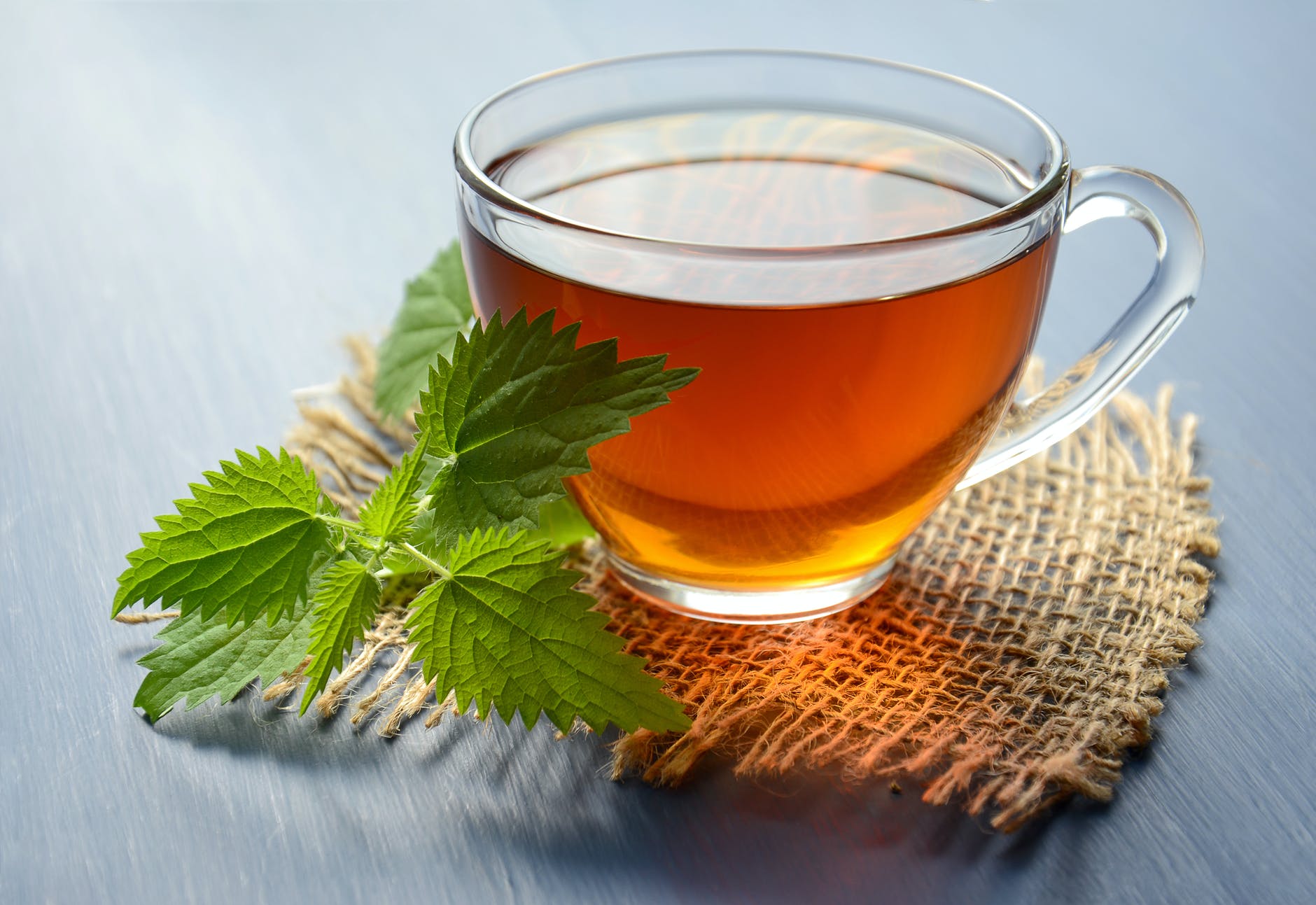
While tea probably isn’t the first thing you think of when it comes to the best source of caffeine, it’s a great choice first thing in the morning. Most coffee shops carry different kinds of tea, from a mellow Earl Grey to a herbal hibiscus. And, a matcha latte can brighten up your day before it’s even begun. Easier to brew at home than coffee, tea is a foolproof morning beverage.
Black teas typically contain more caffeine than others, with almost 50 milligrams per cup (8 fluid ounces). Earl Grey, Chai, Yorkshire, Lapsang, Darjeeling, Assam and most breakfast teas use black tea leaves. So, getting a London Fog falls into this bracket.
Green tea, though, contains about 28 milligrams of caffeine per cup, which could provide just the little boost of focus or alertness you may need to start your day.
However, a standard serving of matcha green tea contains a whopping 280 milligrams of caffeine, significantly higher than green and black tea. If you’re getting a matcha latte or typically drink a smaller cup (2-4 fluid ounces), then you’re probably consuming about half of that amount, a more manageable 70-140 milligrams.
“Although it doesn’t contain as much caffeine as black coffee or even black tea, it’s hard to beat green tea in terms of its proven health benefits,” says Hanks. “Green tea contains a unique antioxidant called EGCG that has been shown to fight against cancer, obesity, diabetes, cardiovascular disease, and autoimmune disorders. You can find EGCG in other tea sources, but it’s the highest in green tea.
“Green tea also contains the highest amount of l-theanine, which is an amino acid that promotes calmness and relaxation and reduces anxiety. There are many other polyphenols and antioxidants found in green tea. These are just a few examples. I always suggest adding lemon to your green tea to help make the antioxidants in the tea more absorbable,” Hanks divulges.
Coffee
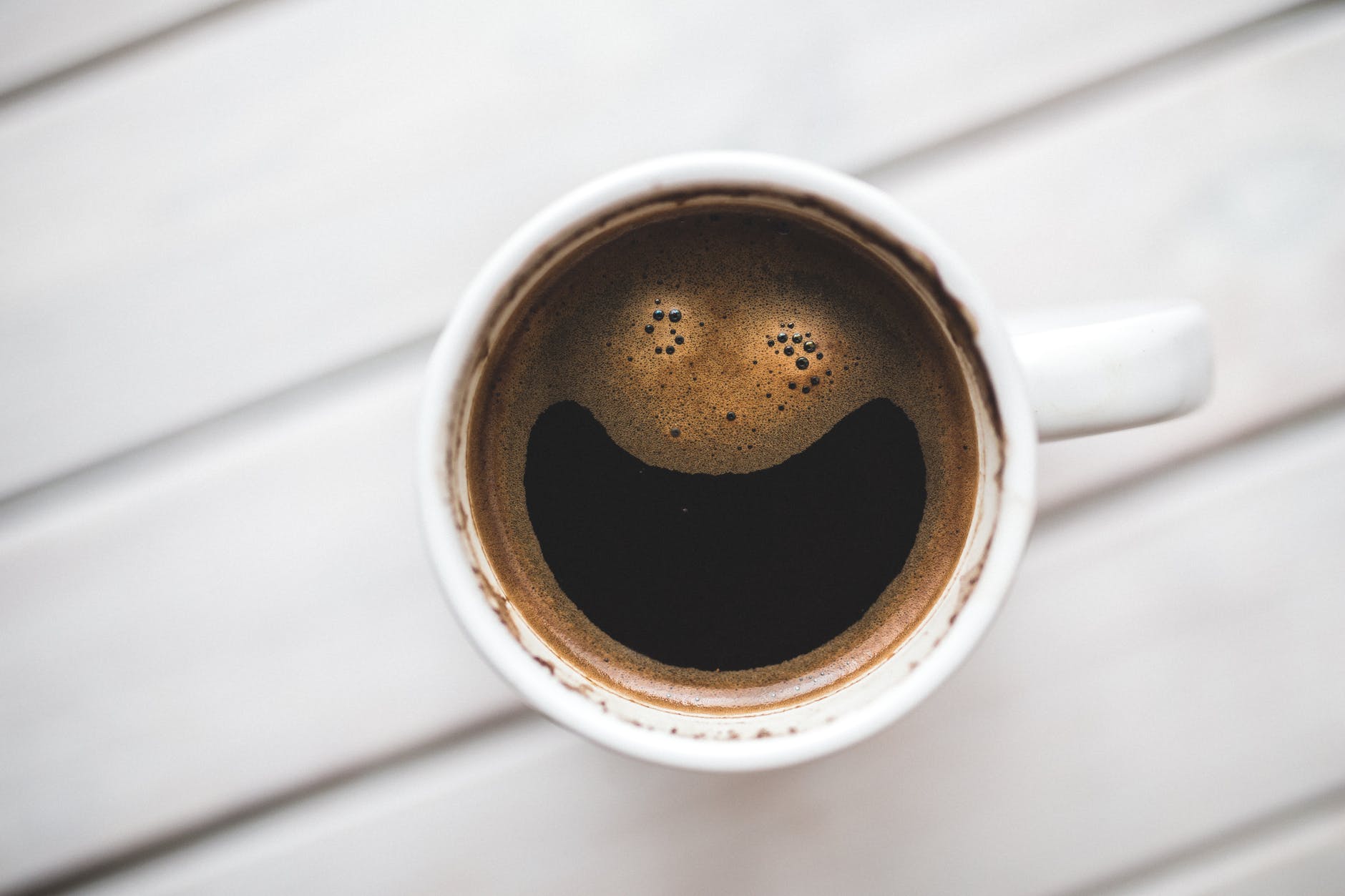
No matter how you take it, if you’re currently a coffee drinker, you’re probably reluctant to turn down this traditional morning beverage. And, we’re not here to criticize! A good oat milk latte really hits the spot, especially a homemade one. It’s also commonly considered the best source of caffeine.
Typically, coffee contains more caffeine than tea. For example, a typical cup of diner-style black coffee contains about 95 milligrams of caffeine on average. For most adults, up to 400 milligrams of caffeine per day is considered safe, so about four cups of regular strength coffee is the recommended daily limit.
Because caffeine can act as a stimulant in your body for around six hours, you shouldn’t continue drinking coffee into the late afternoon/early evening, as it may disrupt your bedtime. However, everyone’s body is different, so act according to what feels best for you.
A shot of espresso contains about 65 milligrams of caffeine. So, a single-shot latte is not as caffeinated as a cup of regular coffee. When ordering at a coffee shop, ask how many shots of espresso come in your drink just to be sure of how much you’re actually consuming. In general, though, larger sizes will typically have at least two shots of espresso (130 milligrams of caffeine).
“Although it still contains a good source of antioxidants, black coffee does not contain l-theanine or EGCH like green tea does,” Hanks points out. “L-theanine is what helps counteract the jittery side effects of caffeine, which is why you are more likely to handle larger amounts of green tea than black coffee without feeling anxious, nauseous, or jittery.”
Caffeine pills and supplements
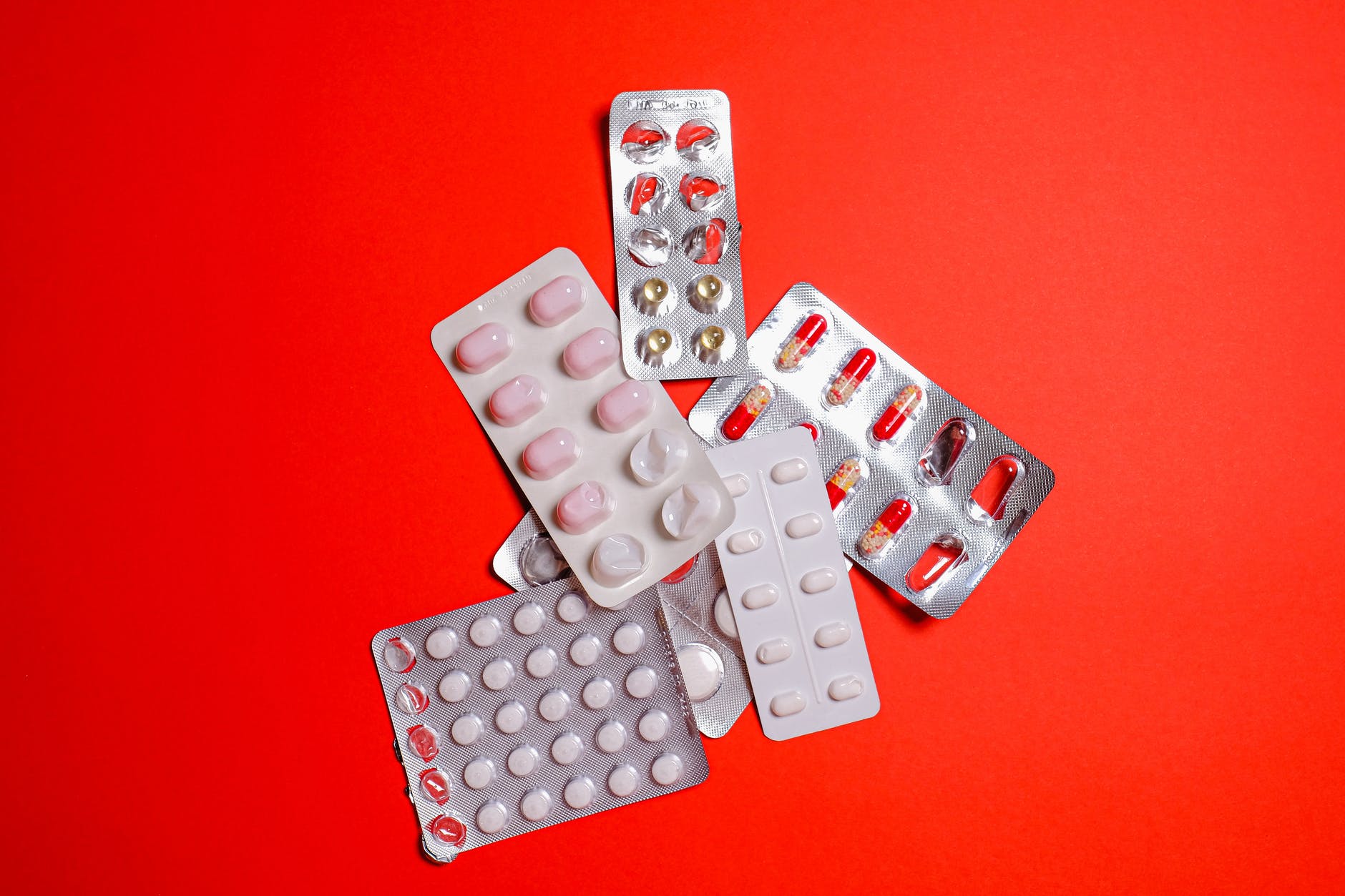
Do you remember the episode of “Saved By The Bell” where Jessie gets addicted to caffeine pills? Don’t worry; it’s safe to say that is unlikely to be your experience if you choose to take caffeine pills. Regardless, while caffeine pills may be the cheapest and easiest way to wake up, they’re not usually high up on the list of recommended caffeine consumption habits.
The amount of caffeine in a dose of supplements, like caffeine pills, varies widely – often from 50-200 milligrams. Because they are not standardized across the board, be sure to check the dosage before consuming any supplements. While these kinds of pills have to be FDA-approved before they hit shelves, they are safe to take in moderation.
Still, caffeine pill dependence can pose health risks, especially when consuming too much. Because caffeine is a diuretic, it’s important to replace the fluids you lose following absorption. While a cup of coffee or tea can replace those fluids with their water content, caffeine pills cannot. Additionally, it’s much easier to consume too much caffeine in a short amount of time with supplements – and more likely than with coffee or tea.
Hanks advocates for limited caffeine pill consumption. “I would advise against using caffeine pills as these are easy to take too many of,” she explains. “Capsules also take longer to work because they are not in liquid form (like tea or coffee), and they have to pass through the digestive system before they can be absorbed.
“So, if you take a caffeine pill and don’t feel the effects right away (like you would with coffee), then you may take another thinking that the dose isn’t effective for you. This can be problematic as too much caffeine can cause heart palpitations, high blood pressure, anxiety, etc.”
Energy drinks
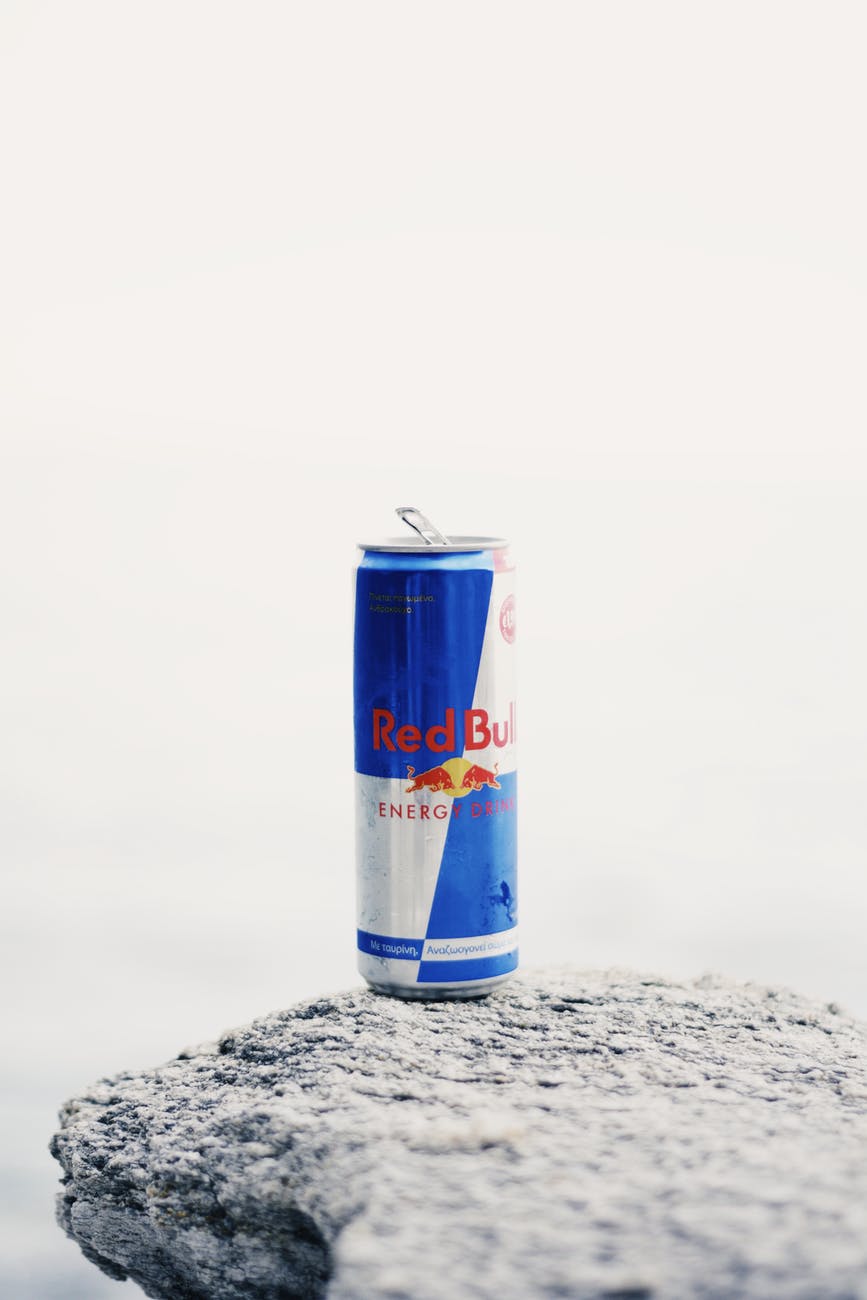
Typically something you often see on college campuses and mixed with a shot of vodka, energy drinks may not be your everyday go-to energy source. However, for those who don’t enjoy hot drinks or like something sweet, they can be convenient to pick up.
Unlike coffee or tea, there’s a good chance that your local convenience store has an entire refrigerator of energy drinks. So picking one up before a long drive or a long night may seem like the most pragmatic choice at times. But, depending on your preferences and needs, it may or may not be the best source of caffeine.
Each energy drink contains a different amount of caffeine, ranging from about 80 milligrams (Red Bull) to over 300 milligrams (Bang, Reign). They can also be high in sugar or other sweeteners and aren’t as customizable as a cup of coffee. Still, energy drinks may be the least offensive option for those who don’t regularly consume caffeinated beverages, as they’re very similar in taste and carbonation to a can of soda.
Suppose this is how you prefer to amp up. In that case, it’s just important to be aware that not all energy drinks are made equal and contain different caffeine levels and sources (for example, synthetic caffeine, guarana, taurine, ginseng, creatine, B vitamins, etc.) So, be sure to check out the ingredients list on the can before downing it.
Soda
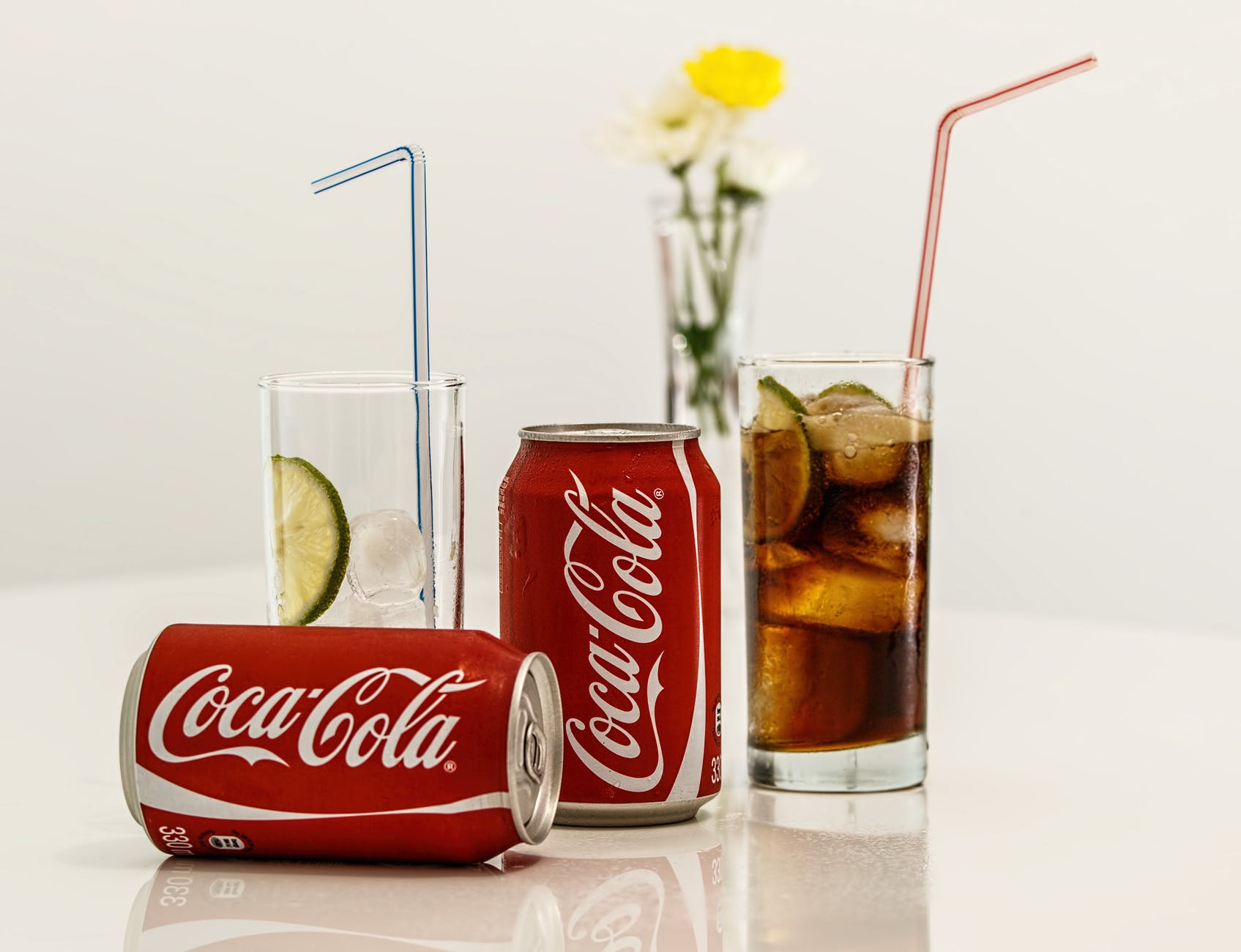
Due to its high sugar content, soda isn’t the best source of caffeine for most adults. And not every soda contains caffeine. However, classic sodas like Coca-Cola and Pepsi do, as do Mountain Dew and Dr Pepper.
While you can always opt for a zero-sugar option, there are still some possible health disadvantages to the regular consumption of diet soft drinks, like enamel erosion, sugar cravings, side effects to heart health and others. Of course, a Coke now and then likely won’t hurt, but drinking soda every day isn’t the healthiest choice, according to most experts.
For the most part, caffeinated sodas contain between 30-50 milligrams of caffeine. So, considering the additional sugar, you’re better off picking another source of caffeine if you’re looking for a pick-me-up.
Of course, you should enjoy your morning ritual and do what works best for you. Still, part of the process of creating a healthy morning routine is checking in with your body and being aware of what you’re putting into it.
Although our society doesn’t always treat it as one, caffeine is still a drug that can have adverse health effects, mainly when used irresponsibly. So, keeping yourself informed and aware of how much you consume and from which sources is the best bet to enjoy caffeine’s perks safely.
Have a tip or story? Get in touch with our reporters at tips@themilsource.com

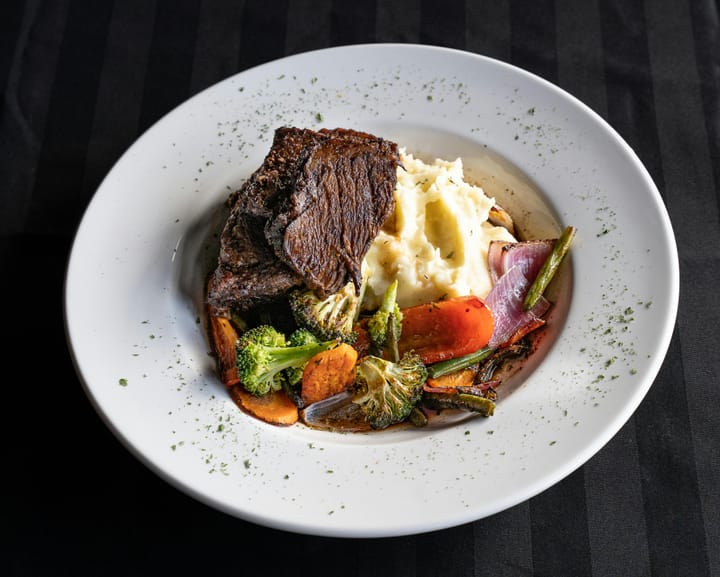


Comments ()